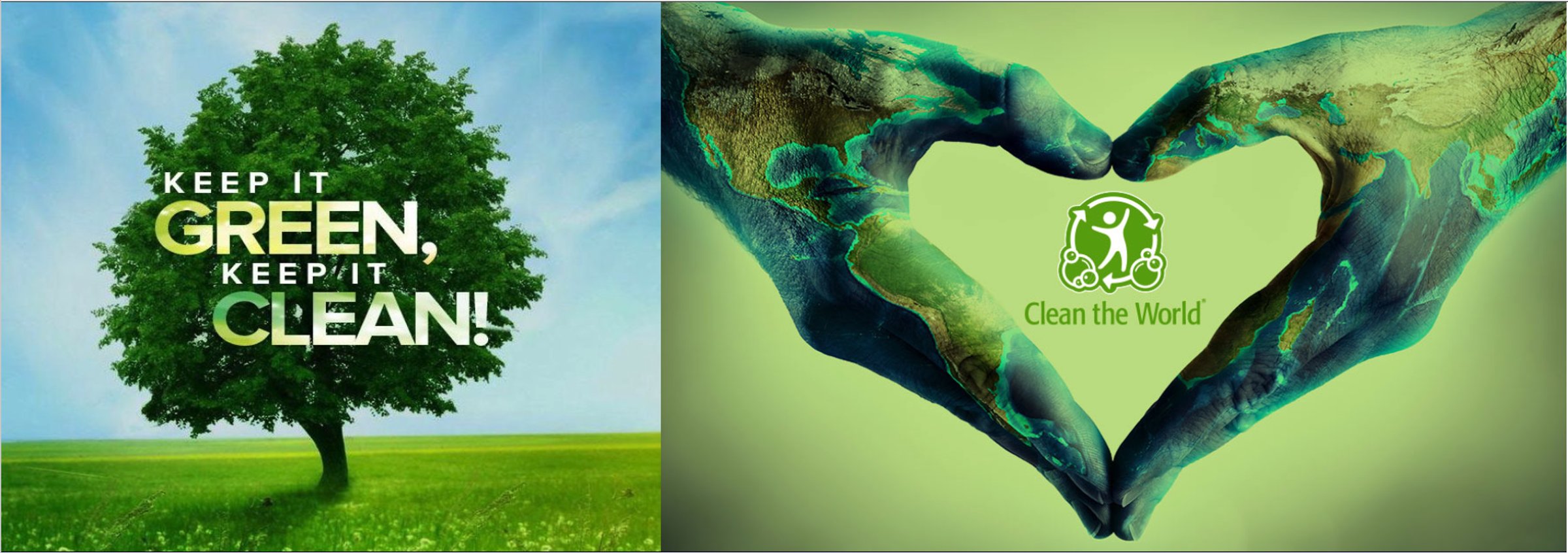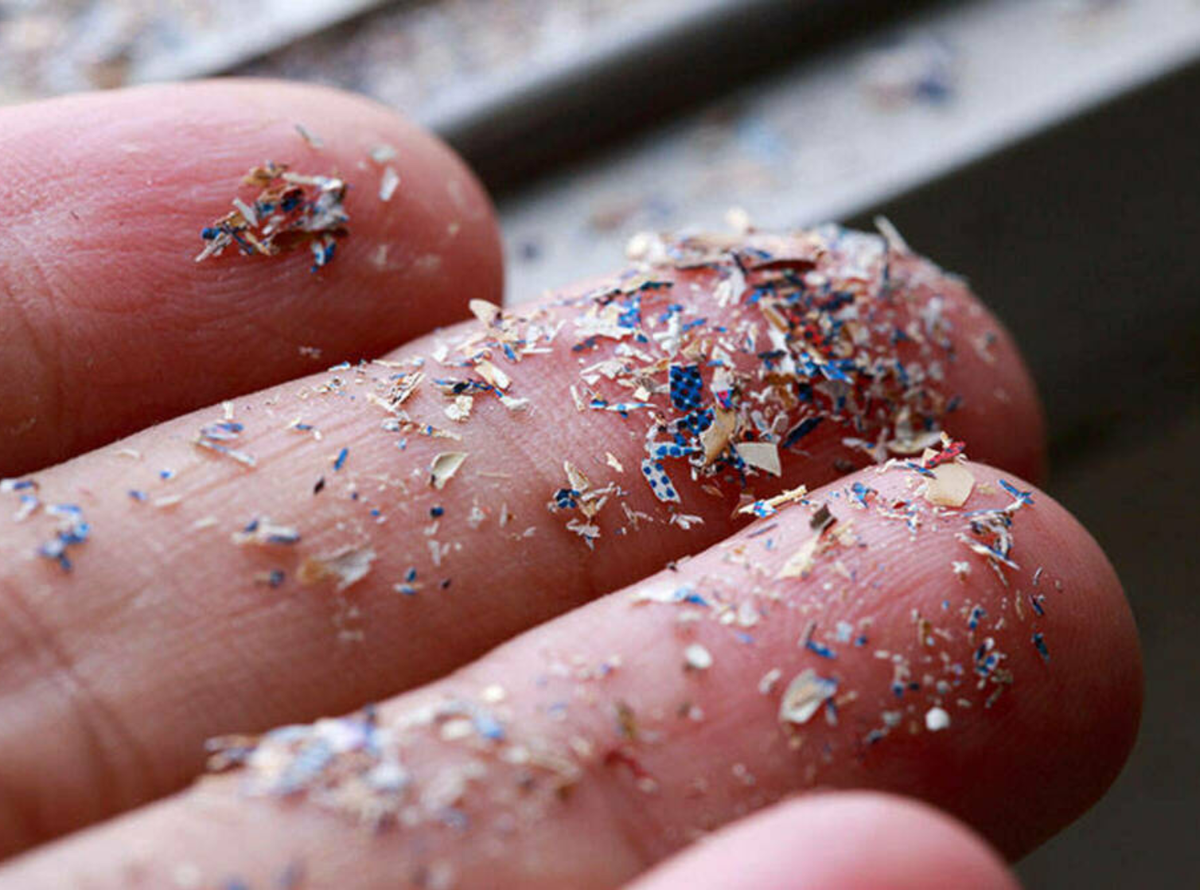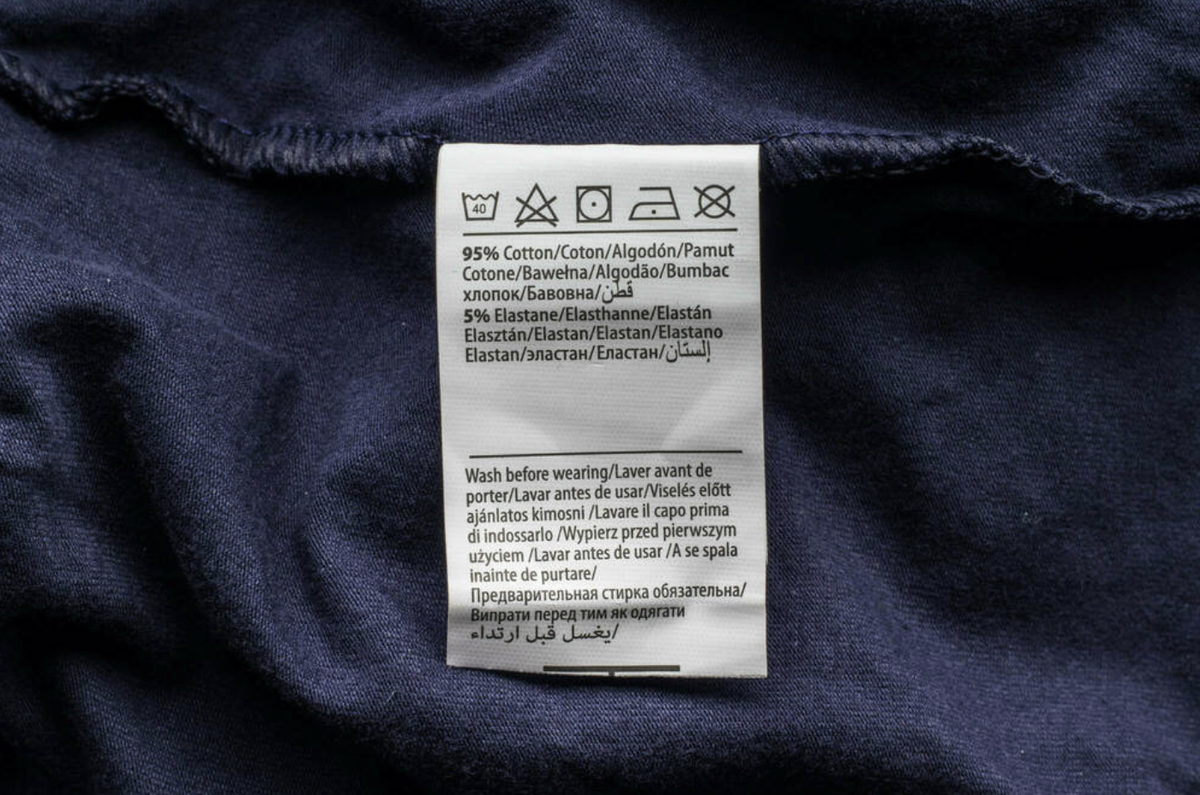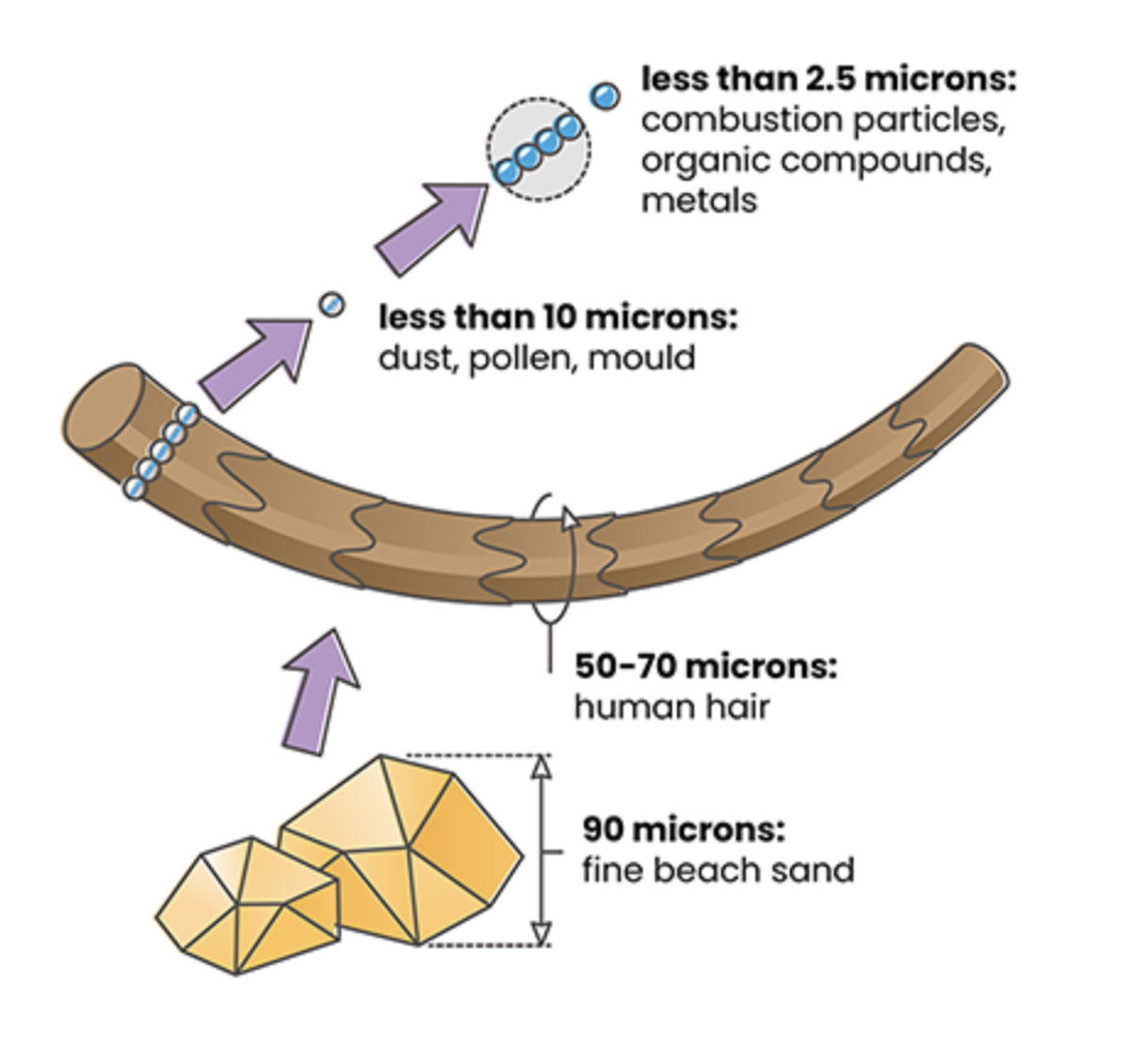The Green Page:

8 Easy Ways To Reduce Microplastic Waste
Plastic is useful in many ways, but over time it breaks down, getting smaller and smaller. These tiny particles are called microplastics, and they’re a big problem.
Synthetic clothing, such as polyester, is a huge contributor to the microplastic problem. Every time you do a load of laundry, microfibers are released into the waterways. Some of these end up in our oceans and have been found present inside the fish and seafood we eat. It’s estimated that we eat a shocking five grams worth of plastic a week, which is the equivalent of a credit card.
Microplastics come from a variety of sources, both consumer products and industrial waste. But more than 35% of microplastic in the ocean comes from our washing machines.
How big is the microplastic problem?
The amount of microplastics in the ocean is estimated to be 14 million tons.
Microplastics are tiny, measuring less than 5 millimetres in length or about the size of a sesame seed.
Microfibers are the plastic offshoots from clothing, and the most prevalent type of microplastic.
Microplastics have been found in all corners of the world, in freshwater, soil, air, and even human blood, raising concerns for the associated environmental and human health impacts.
Associate Professor Trisia Farrelly, a member of the United Nations Environment Programme's expert group on marine litter and microplastics, said: “The plastic pollution crisis has been recognised as one of the triple threats to our planet alongside climate change and biodiversity loss.”
Plastic is useful in many ways, but over time it breaks down, getting smaller and smaller. These tiny particles are called microplastics, and they’re a big problem.
Synthetic clothing, such as polyester, greatly contributes to the microplastic problem. Every time you do a load of laundry, microfibers are released into the waterways. Some of these end up in our oceans and have been found present inside the fish and seafood we eat. It’s estimated that we eat a shocking five grams worth of plastic a week, which is the equivalent of a credit card.
Microplastics come from various sources, both consumer products and industrial waste. But more than 35% of microplastic in the ocean comes from our washing machines.
If we don’t tackle micro waste, we’ll be left with nano waste
Nanowaste is micro waste’s scarier offspring. Microplastics fragment into ever-smaller debris over time, eventually becoming nano plastics. Unlike micro waste, nano waste is so tiny, it’s not visible to the naked eye and can pass through cell walls and your skin into your bloodstream.
A study in the Netherlands revealed microplastics were present in the blood of 17 out of the 22 people surveyed.
Nanoplastics invade living organisms, cross biological barriers, and are transferred to offspring. Nanoplastics present in living organisms are only excreted at very low concentrations, leading to accumulation. Studies in this area are fairly new and have not fully explored the adverse health effects of nano plastics on humankind.
We can do something about micro waste. However, nano waste is a different story. When plastic reaches the nano waste stage, it’s too late for us to do anything to stop it.
It’s not all doom and gloom, though. There are steps we can all take to prevent microplastic pollution and stop further nano plastics before they form.
What can we do about it: choose slow fashion over fast fashion
One approach to reducing microfibres in the environment is to focus on buying clothing made of natural fibres instead of synthetic ones. Organic materials, such as cotton, silk, wool, hemp and other natural fibres.
While usually more expensive, natural fibres are better quality and won’t shed the same quantity of plastics into the environment. However, they may still shed some, as even natural fibres can be blended with synthetic to increase durability or make them waterproof.
Reading the clothing tag will reveal whether your natural fibre is a mixed blend. By law, clothing must have a label stating its fibre content.
Most microplastics from textiles are released the first few times they are washed. Fast fashion garments account for a high share of first washes, as they are used for only a short time and tend to wear out quickly due to their low quality.
Install a microplastic filter.
Microplastic filters are external accessories that can be installed on the wall next to your washing machine. They claim to capture up to 90% of microplastic fibres (larger than 45 microns) released by synthetic clothing.
A micron is a unit of measure. One micron equals one-millionth of a meter and one-thousandth of a millimetre. In other words, extremely tiny.
There are not many microplastic filters available on the New Zealand market currently. But suppliers have plans to bring them to our shores so they will be something to look out for.
In the UK, a bill was passed in 2018 banning retailers across England and Scotland from selling rinse-off cosmetics and personal care products that contain microbeads - the tiny pieces of plastic often added to products such as face scrubs, soaps, toothpaste and shower gels.
A bill requiring manufacturers to fit microplastic-catching filters to new domestic and commercial washing machines is currently being debated in the House of Commons.
Washing bags catch microfibres.
Washing bags, like this Guppyfriend one we’ve written about before, both protect your clothes and catch some (but not all) of the fibres that break. Instead of going down the drain, the fibres are caught in the bag for you to empty into the bin after each wash load. Yes, that means the plastic is ending up in landfill (as you can’t recycle or compost them currently), but landfills are generally controlled environments as opposed to our waterways where there’s a higher risk of ongoing negative impact.
More tips to reduce microplastic waste
Use your washing machine’s eco or short-wash cycle. The longer clothes are washed, the more opportunity for microfibres to be released.
Wash similar textiles together. Harder fabrics, such as denim, can rub against softer ones in the wash, releasing fibres.
Aim for full loads as it creates less friction between clothes, which reduces the amount of microplastics released.
Air-dry clothes when you can. Drying cycles cause abrasion, which releases more microfibres.
Don’t wash your clothes as often. If you can wash stains by hand.
Historic commitment to tackle plastic pollution
In March 2022, representatives from 175 nations, including New Zealand, came together at the United Nations environment assembly in Kenya. The international community agreed to strive to end plastic pollution and draft a legally binding treaty by 2024.
The treaty is expected to address the full lifecycle of plastics, the design of reusable and recyclable products and materials, and the need for enhanced international collaboration.
Dr Olga Pantos, a senior scientist at the Institute of Environmental Science and Research (ESR), says once plastic breaks down into microplastics, “...it is near impossible to get them back out of the environment, and so it is imperative that we stop the plastics entering the environment early. Whilst the aim is to have the treaty completed by 2024, it is imperative that we as individuals and communities start making change now.”




